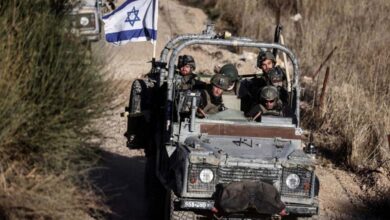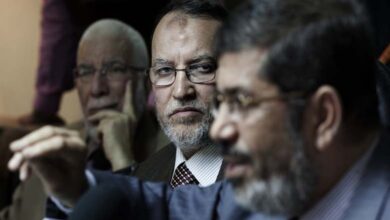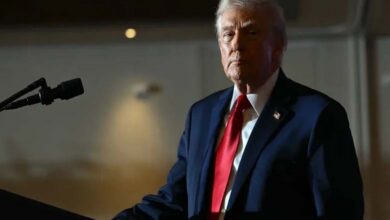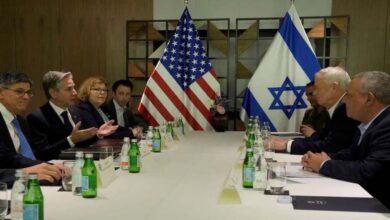Al-Baghdadi’s wife exposes secrets of the most dangerous man for the first time.. Details
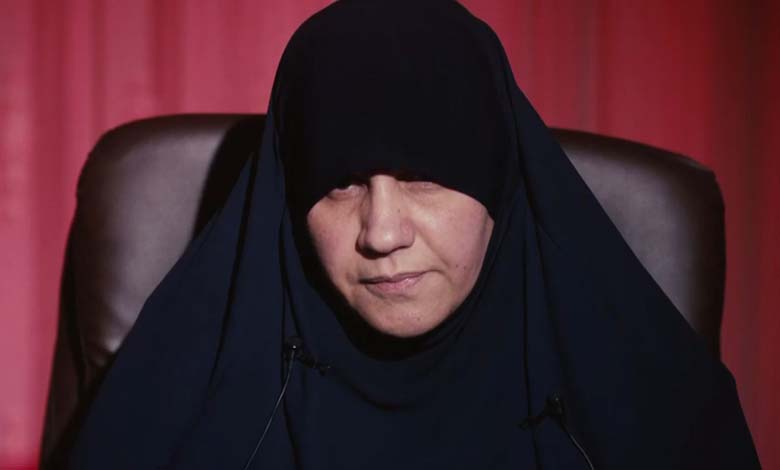
Since his death about 5 years ago, the wife of the leader of the ISIS organization, Abu Bakr al-Baghdadi, named “Asmaa Muhammad,” has emerged in the media to reveal previously undisclosed secrets about the world’s most dangerous man who threatened and terrorized it for long years, for the first time.
The “Al Arabiya/Al Hadath” channel conducted an exclusive interview with her, stating that the yet-to-be-aired interview will unveil personal secrets for the first time, shedding light on moments unforgettable about her life, her husband’s life, and the circumstances they lived through.
In excerpts from her speech, al-Baghdadi’s wife will reveal how he joined Al-Qaeda after 2010 and how she learned about it. She will also talk about his relationships with his wives and family members, even discussing his relationships with his captives.
In the episode to be broadcast today, Thursday, the wife will also narrate details about the last moments of his life before his assassination in a U.S. airstrike in Syria, followed by being killed by U.S. special forces in Idlib, Syria, in 2019.
It is worth noting that al-Baghdadi, classified as the most dangerous man in the world, was born as Ibrahim Awad al-Samarrai in 1971 in Tobji, one of the poor areas in the city of Samarra, north of the Iraqi capital Baghdad, to a family of radical preachers among Salafis who considered many other sects as infidelity.
Al-Baghdadi joined the Salafi insurgency movement in 2003 when the United States led an invasion of Iraq, and he fell into the hands of the Americans. They released him after a year, believing he was just an instigator of civil protests and not a military threat.
Al-Baghdadi did not attract global attention until July 4, 2014, when he ascended the pulpit in the historic Al-Nouri Mosque, clad in a black robe during Friday prayers, to declare the establishment of the Caliphate. On that day, he presented himself as “Caliph Ibrahim, Amir al-Mu’minin.”
Most of al-Baghdadi’s speeches were published as audio recordings, representing a more suitable means for the cautious secret nature that helped him for a long time to avoid surveillance and airstrikes that killed more than 40 of his top leaders.
For fear of assassination or betrayal, al-Baghdadi could only use ordinary cars or agricultural crop trucks to travel secretly between his hideouts on both sides of the borders, accompanied only by his driver and guards.
Fearing exposure to assassination or betrayal, he could not use phones and only trusted a small number of individuals to communicate with his main Iraqi aides, not exceeding the fingers of one hand.


